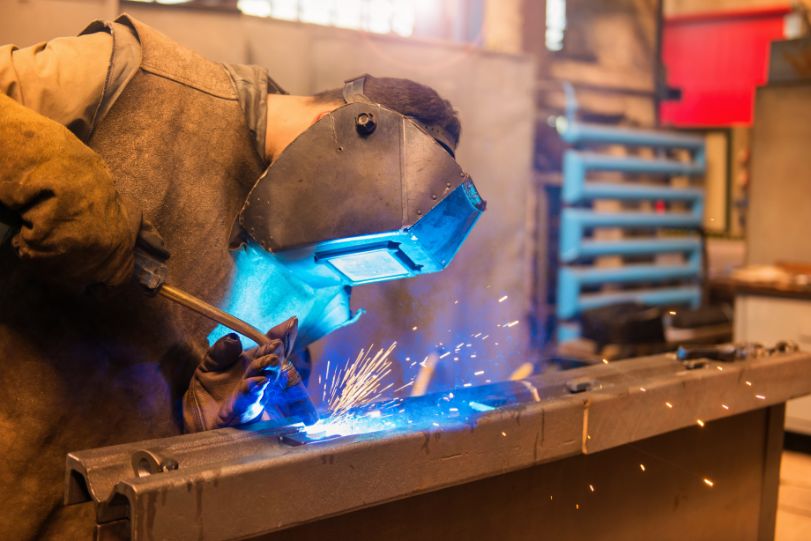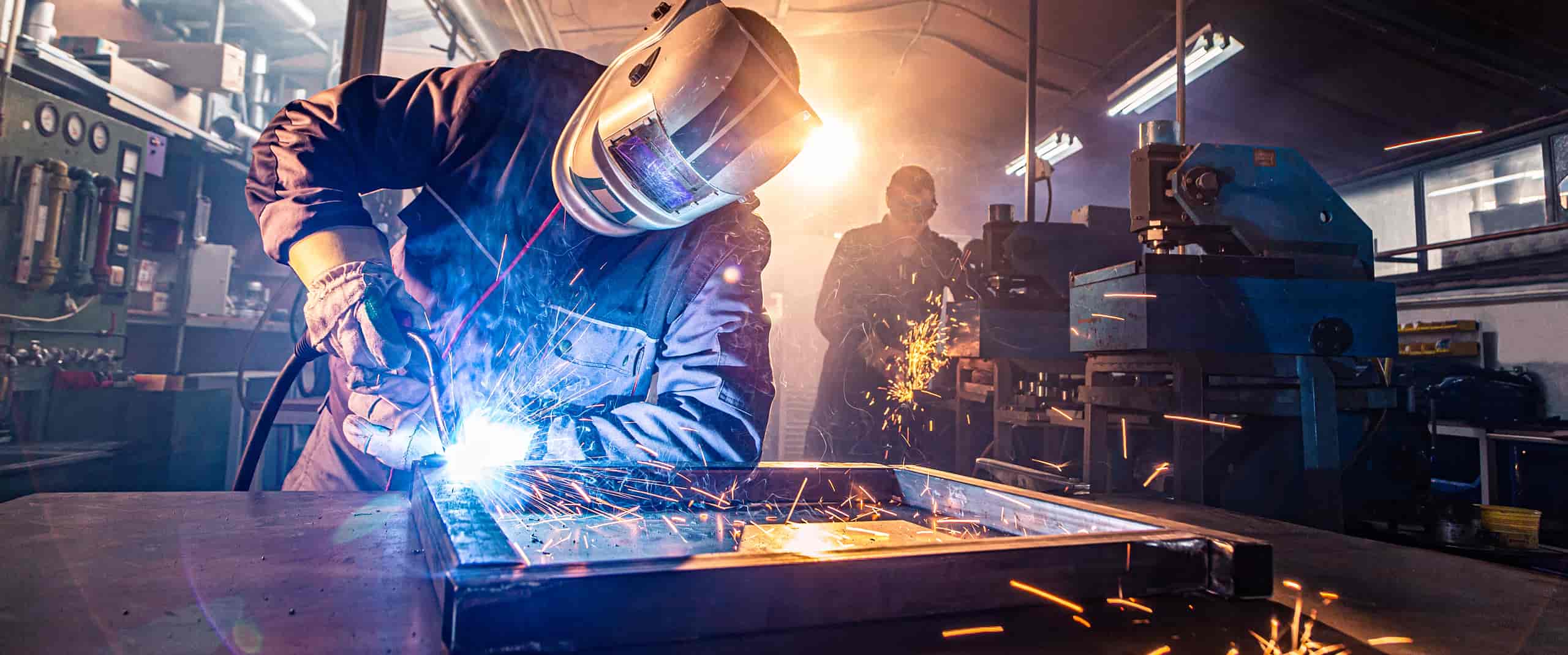Producing a Welding WPS: Step-by-Step Recommendations for Professionals
Wiki Article
Mastering Welding WPS Requirements: Ideal Practices and Techniques for High Quality Welds
In the world of welding, mastering Welding Procedure Specification (WPS) requirements is a crucial component that straight affects the quality and integrity of welds. As we navigate with the complexities of welding WPS standards, revealing essential understandings and approaches for achieving top-tier welds will be vital for welders seeking to excel in their craft and create welds that stand the examination of time.Recognizing Welding WPS Specifications

Examiners rely on WPS paperwork to confirm that welding procedures are being complied with appropriately and that the resulting welds are of high top quality. Engineers use WPS requirements to create welding procedures that ensure the longevity and integrity of welded frameworks.


Essential Tools for Top Quality Welds
Mastering welding WPS criteria is crucial for welders to properly make use of the important devices required for producing high quality welds. One of the most essential devices for high quality welds is a welding maker. The kind of welding maker required depends on the welding procedure being utilized, such as MIG, TIG, or stick welding. Welding safety helmets are likewise essential to safeguard the welder's eyes and face from sparks, warmth, and UV radiation. Additionally, welding gloves made of heat-resistant and durable materials protect the hands from injuries and burns. Magnets and clamps help hold the work surfaces with each other firmly during the welding procedure, making sure accurate and exact welds. Wire brushes and chipping hammers are important for cleaning up the weld joint before and after welding to remove any kind of pollutants that might affect the top quality of the weld. Last but not least, a measuring tape and angle mill serve devices for making certain appropriate placement and preparing the work surfaces for welding.Secret Techniques for Welding Success
To accomplish welding success, one need to master the essential techniques necessary for creating top notch welds. Maintaining a secure welding and a steady hand placement throughout the procedure is vital to accomplishing accuracy and consistency in the welds. By grasping these crucial strategies, welders can boost the top quality of their job and accomplish welding success.Ensuring Conformity With WPS Standards

Additionally, keeping thorough records of welding criteria, equipment calibration, and assessment outcomes is important for demonstrating conformity with WPS requirements. By vigilantly sticking to WPS criteria, welders can ensure that their job fulfills the needed top quality degrees and contributes to the general success of the welding task.
Troubleshooting Common Welding Issues
When faced with usual welding concerns, determining the root cause is crucial for efficient read troubleshooting. One prevalent trouble is the existence of porosity in welds, often triggered by contaminants such as oil, corrosion, or moisture. To resolve this, making sure correct cleansing of the base steel prior to welding and utilizing the appropriate protecting gas can substantially lower porosity. An additional concern regularly experienced is absence of blend, where the weld fails to appropriately bond with the base product. This can originate from poor warmth input or incorrect welding strategy. Adjusting parameters such as voltage, cord this link feed speed, or travel speed can aid boost blend. In addition, distortion, breaking, and spatter are usual welding difficulties that can be minimized via proper joint preparation, consistent warmth control, and choosing the ideal welding consumables. By thoroughly understanding these common welding concerns and their origin, welders can successfully fix problems and this content accomplish high-grade welds.
Conclusion
To conclude, understanding welding WPS requirements calls for a thorough understanding of the standards, making use of essential tools, and carrying out key techniques for successful welds. Making sure conformity with WPS standards is vital for producing top quality welds and avoiding common welding issues. By complying with finest practices and methods, welders can accomplish constant and reputable lead to their welding jobs.In the world of welding, understanding Welding Procedure Requirements (WPS) requirements is a critical element that straight affects the high quality and stability of welds.When diving into the realm of welding methods, a critical facet to comprehend is the value and details of Welding Procedure Specification (WPS) standards. WPS standards supply a comprehensive standard for welding procedures, making sure uniformity, quality, and safety in the welding procedure. The type of welding equipment needed depends on the welding procedure being used, such as MIG, TIG, or stick welding.Attaining welding success with the mastery of key techniques demands a thorough understanding and adherence to Welding Procedure Spec (WPS) criteria.
Report this wiki page